How Digital Twin Technology is Revolutionizing Product Development
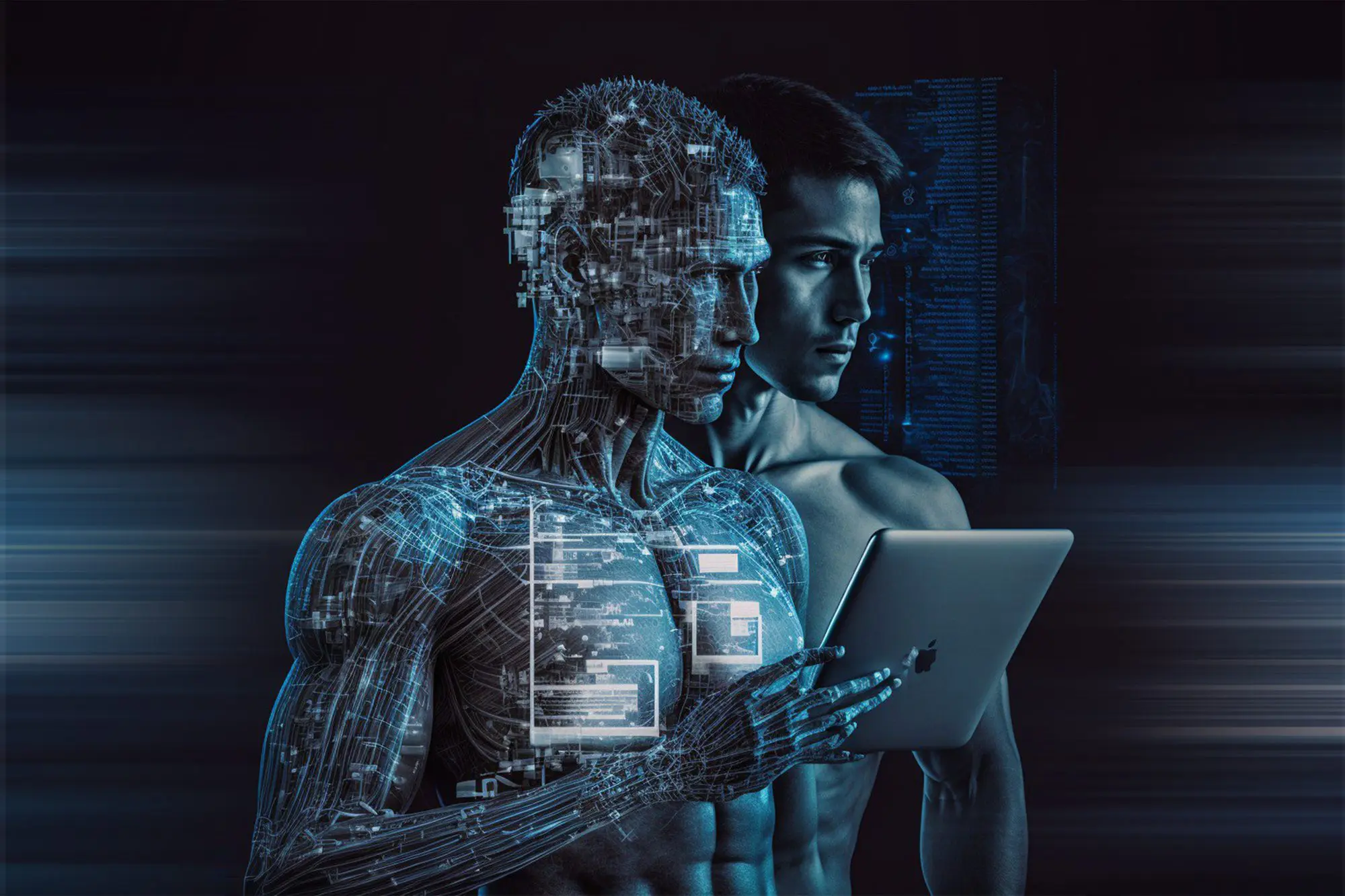
Are you tired of costly design flaws and delays in product development? Look no further than digital twin technology. This concept is a fundamental part of Industry 4.0. It flips the “build and then tweak” script through the ability to simulate and analyze performance before physical production. This way, companies can reduce development time and costs by up to 50%. Sounds great, doesn’t it?
A recent market report predicts that the digital twin market will grow from $3.5 billion in 2020 to a staggering $73.5 billion by 2027. This phenomenal growth is driven by the increasing demand for simulation and analysis in various industries such as manufacturing, supply chain, aerospace and automotive, construction, and healthcare.
If you want to be up to the day, digital twin development is an investment you can’t miss. In this article, we will explain how digital twin technology is revolutionizing different industries and how it can improve efficiency, cut costs, and drive innovation across industries.
What is digital twin technology?
It’s pretty clear that the digital twin is a technological leap in product development. But before we jump into the specifics of how it can reshape the industry, let’s take a step back and really break down what it is and how it works.
Developers are accustomed to bringing products and services to market, analyzing performance, and then making changes to improve outcomes. This process often was inefficient and expensive, resulting in long downtime and delays, dissatisfied end users, and even lost revenue.
Digital twins are changing things up. Technology allows developers to understand how systems will operate using advanced computer models, and it is far more effective than the traditional approach.
What is a digital twin?
Think of a digital twin as a virtual doppelganger of a real-life object, process, or system. It’s like having a crystal ball that allows you to see the future and test out different scenarios before they happen. By creating digital twins, businesses can simulate how the real-life version would perform under different conditions, identify potential problems, and make changes to improve it before it’s even built.
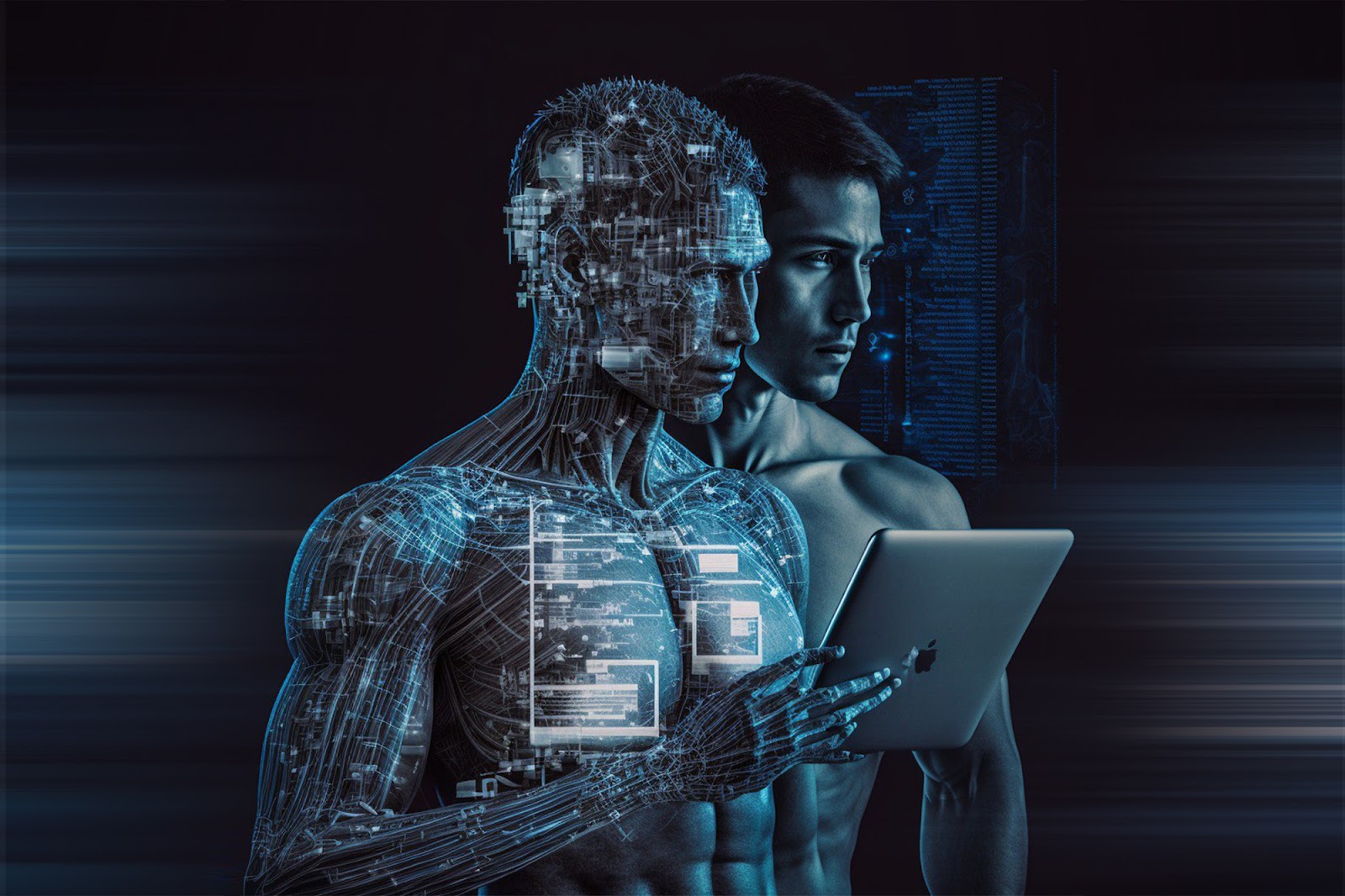
How do digital twins work?
Engineers extract data from many sources to create a digital twin of a physical asset. The most general approach is to attach sensors to physical products and feed the data to the digital twin. After the team collects and processes the data, they combine it with AI and ML algorithms. Once that’s done, they run it through virtual models that provide a solid testing ground for experimentation and analysis.
What is the difference between digital twins vs. simulation, you ask? Digital twins constantly exchange data between the real and the virtual. In contrast, simulations only take information from the physical one time without ever really having a back-and-forth.
Benefits of digital twin technology
From improving product design and performance to reducing costs and downtime, digital twin development is a game changer for companies in various industries. Keep reading to discover how digital twin technology is revolutionizing businesses and how can it benefit your business and give you a competitive edge in the market.
Predictive maintenance
One of the major advantages of digital twin technology is that it allows you to predict when equipment or systems are likely to fail before it happens. Instead of waiting for something to break down and then fixing it, predictive maintenance allows you to detect potential issues early and schedule maintenance before failure occurs, saving costs associated with unplanned downtime and unexpected repairs.
In other words, digital twin technology allows you to keep your equipment running smoothly and efficiently, improving your overall production process.
Improved decision-making
With digital twins, companies can improve their decision-making by comprehensively understanding their products, processes, and systems. Imagine being able to simulate and evaluate various scenarios and comprehend the potential consequences of various decisions before putting them into action.
Furthermore, digital twins enable businesses to collect real-time data from their products and systems, which can be used to identify patterns and trends that can inform decision-making. Insights about product performance gained in the field by applying IoT sensors can be used to improve product design, service, and customer experience.
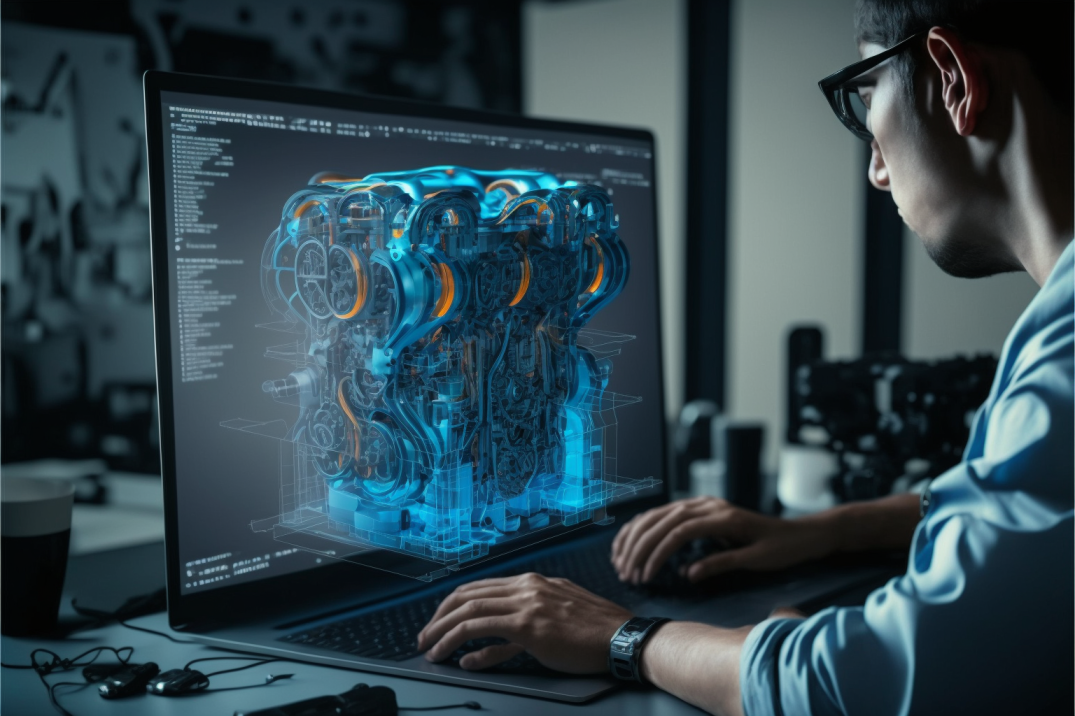
Enhanced collaboration
Businesses can take collaboration to the next level by allowing different teams to cooperate on a virtual representation of a product, process, or system using digital twin technology.
Applying digital twin technologies, each team member can access the same information simultaneously, regardless of location or time zone. Because everyone is looking at the same information and can make suggestions and adjustments on the fly, this allows for faster and more efficient iteration, problem-solving, and knowledge sharing.
Better customer service
Companies can use data and analytics to understand how customers interact with a product in the real world by creating a digital twin of it. That can assist in determining areas where customers may be experiencing issues or difficulties and improving the product or process to better meet the users’ needs.
Let’s say you’re a car manufacturer, and you’ve built a digital replica of one of your vehicles. By analyzing real-time data from IoT sensors, you can see how customers use the car and if there are any issues with its performance or design. This information can help you change the car’s design and performance, improving customer satisfaction.
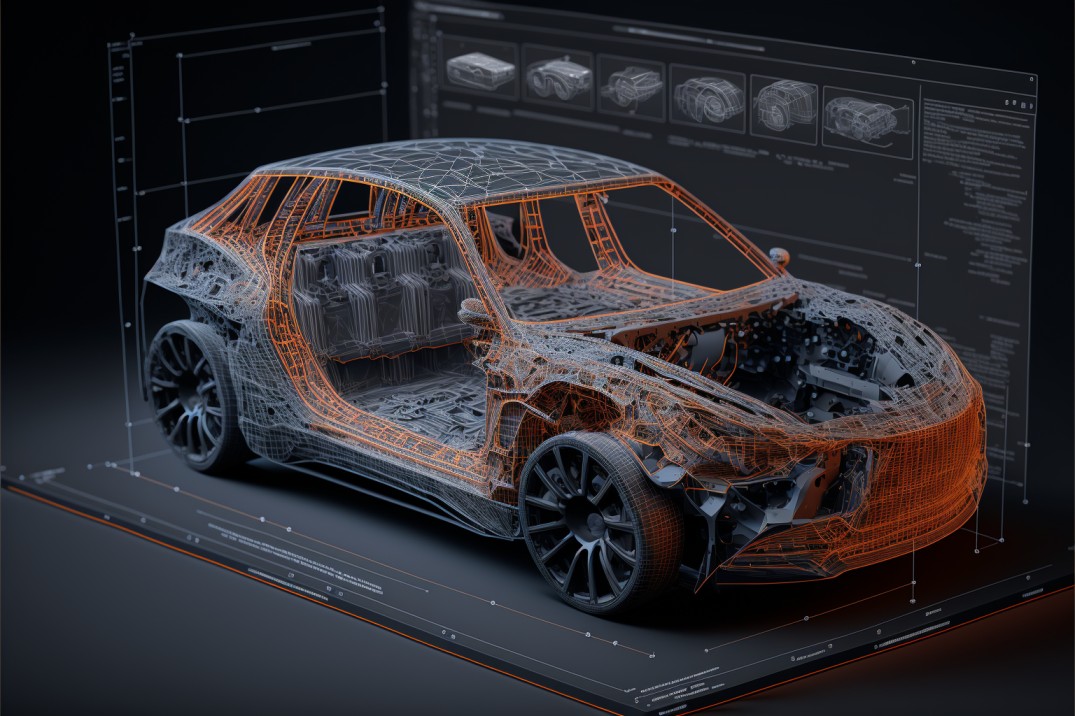
Types of Digital Twins
There are many types of digital twins, each tailored to a specific purpose and level of complexity. Some of the most common types include:
- Product Digital Twin: One type is a virtual model of a physical product. It can be used to simulate and analyze the performance of a product, identify design flaws and improve its overall design.
- Process Digital Twin: Another type of twin is a virtual representation of a business process, such as manufacturing or supply chain processes. It can be used to optimize these processes, identify inefficiencies, and simulate different scenarios to improve decision-making.
- System Digital Twin: A third type represents complex systems, such as cities, buildings, or power grids. It can be used to optimize the performance of these systems, predict and respond to potential issues, and simulate different scenarios to plan for the future.
- Hybrid Digital Twin: Hybrid twins combine the above, representing a combination of physical assets and processes. It can monitor, optimize, and improve the performance of entire systems and operations.
- Human Digital Twin: That twin is focused on representing human interactions and behavior, simulating human interactions, testing products & services, and enhancing the customer experience.
It’s important to remember that there isn’t a definitive boundary separating these types, as many use cases often involve a blend of several ones.
Applications of digital twin technology
A digital twin is a flexible tool that can assist businesses in perfecting the performance of their products, processes, and systems. The opportunities it provides are endless, and the results are clear to see. Let’s dive into some of the most frequently digital twin technology examples and areas where it is being utilized:
Digital twin technology in manufacturing
Manufacturing is at the forefront of the digital twin revolution. By creating a virtual model of their manufacturing processes, companies in this industry can gain a new understanding of how their products are made. Imagine testing and optimizing equipment and systems before they’re even built or identifying bottlenecks in the production line before they cause delays. It’s like having a secret weapon that allows you to overreach the competition and stay ahead of the game.
A manufacturing company, for example, can create a digital twin of their assembly line by analyzing real-time data from IoT sensors and other sources, such as cameras, while monitoring the assembly line. They can take proactive measures to avoid costly downtime if they detect any delays or bottlenecks.
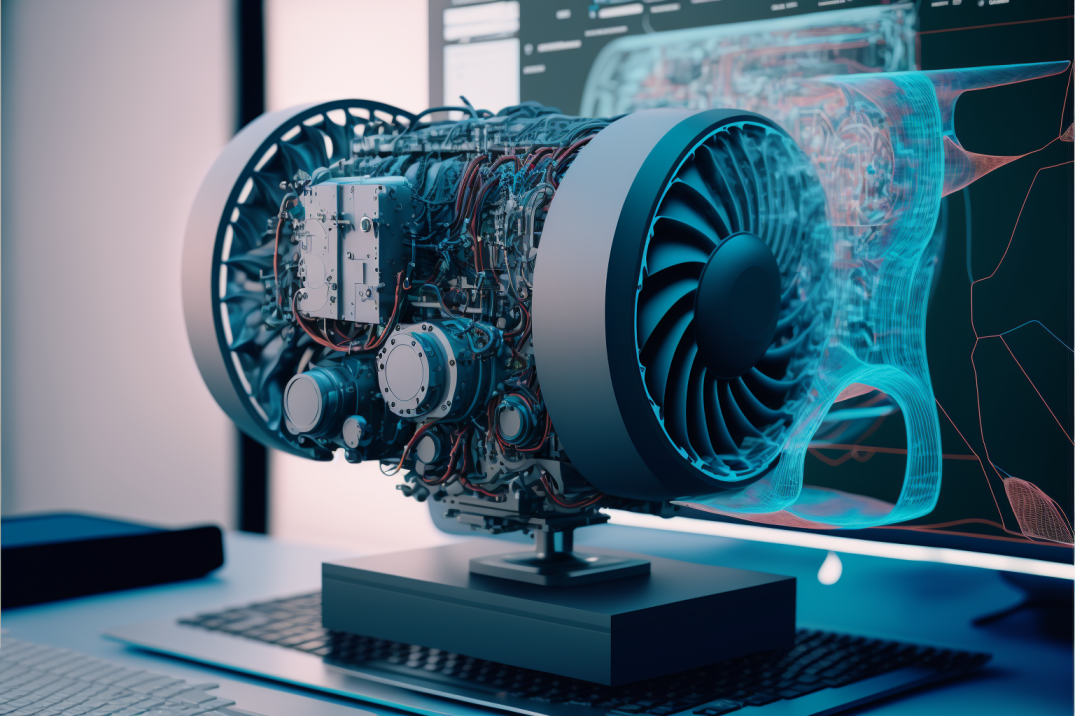
In addition, enterprises can use digital twin technology to simulate various production process scenarios. For example, how the production line would respond to a machine breakdown or the introduction of a new product. This allows for well-informed decisions, improving the overall resilience and sustainability of the manufacturing process.
Digital twin technology in healthcare
Digital twin technology offers truly remarkable outcomes for the healthcare industry. Imagine being able to create a virtual representation of a patient equipped with real-time data from medical devices like heart monitors. It allows healthcare professionals to closely monitor patients’ vital signs and identify potential issues. They can prevent costly medical interventions and improve patient outcomes by taking proactive steps.
Additionally, you can create a digital twin of an MRI machine or other medical equipment, so healthcare professionals can closely monitor its performance in real time. If any patterns or trends emerge to indicate a problem with the machine, they can take preventative measures to avoid costly downtime and improve the overall performance of the equipment.
Discover the future of healthcare technology by reading our in-depth article on the transformative power of digital twin in healthcare.
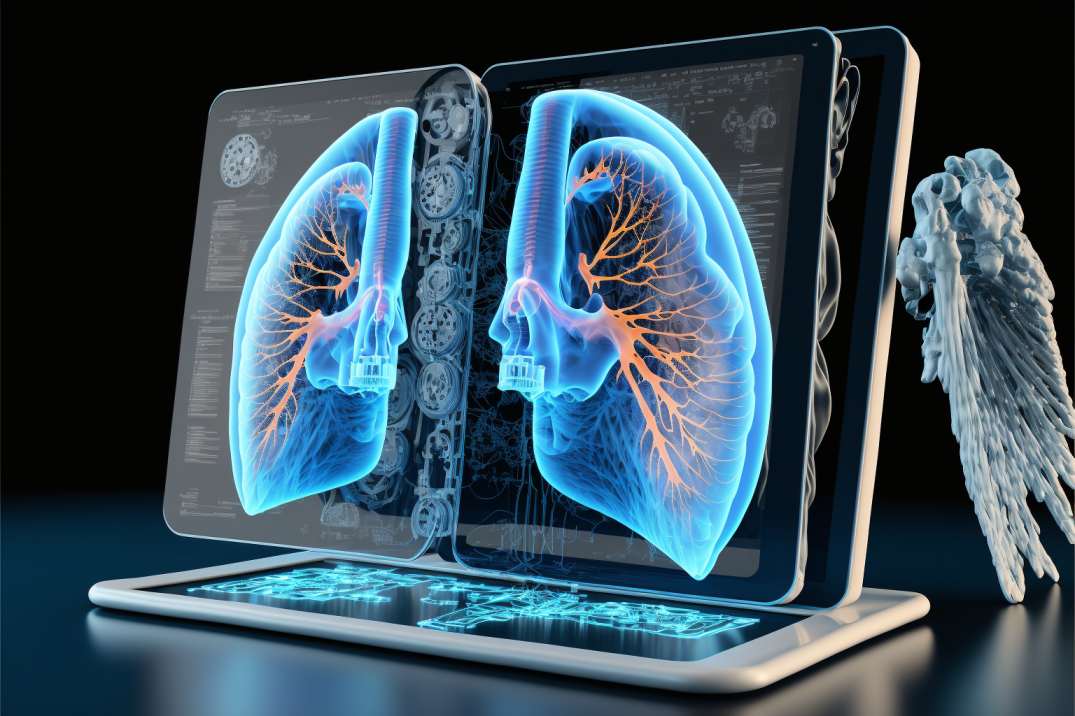
Digital twin technology in the supply chain
Digital twin technology transforms the supply chain industry, allowing companies to streamline their logistics and transportation systems, leading to cost savings. For example, by creating a digital replica of its logistics and transportation systems, a company can keep an eye on how it’s performing in real-time using data from IoT sensors and other sources. If any delays or bottlenecks are noticed, proactive steps can be taken to avoid costly downtime.
Moreover, by simulating different scenarios, such as how the supply chain would handle a natural disaster or the introduction of a new product, businesses can make more informed decisions, ultimately leading to an overall improvement in the supply chain’s resilience and sustainability.
Explore the future of supply chain management with our latest article on the transformative role of digital twins in logistics.
Digital twin technology in smart cities
Digital twin technology can be an incredibly powerful asset for urban planners and administrators. By creating virtual replicas of a city’s infrastructure, services, and resources, they can better grasp how everything operates and where improvements can be made. Identifying bottlenecks in the city’s infrastructure and optimizing systems and services becomes much easier with digital twin technology.
Let’s take the example of transportation. By creating a digital twin of a city’s transportation network, officials can keep an eye on how digital twin technology is revolutionizing the transportation industry and performing in real-time using data from traffic sensors and public transportation systems. By studying the patterns and trends, they can spot issues such as traffic congestion or delays in public transportation before they become major problems.

Digital twin technology in construction
Digital twin technology for the construction industry gives unparalleled visibility into the design, planning, and execution of construction projects. By creating a digital replica of a building or infrastructure, construction companies can simulate and analyze various scenarios, such as how the structure will perform under different weather conditions or respond to changes in design or materials. It provides better decision-making, optimization of resources, and improved safety and quality control.
Digital twin technology in construction helps detect and resolve issues early in the design process, saving time and money. For example, virtual walkthroughs of the digital twin can reveal potential problems with the design, such as poor lighting or lack of accessibility, allowing for these issues to be addressed before construction begins.
Digital twin technology in aerospace
A digital twin approach presents numerous opportunities for businesses in the aerospace industry, from extending the life of parts and machines to using data to improve the next iteration of them.
A fully functional digital twin offers comprehensive and predictive analytics. For example, an aircraft incorporated with this technology could predict future engine failures based on previous data it has accumulated. It would enable the engineers to look into the potential problem before any danger, whether it would involve completely re-testing the airframes of an aircraft, testing its engine, or doing any further security checks to ensure the safety of the people onboard.

Limitations and challenges of digital twin technology
The digital twin project can only be realized by solving some key issues that still stand in the way of large-scale implementation.
Data integration and management
When it comes to digital twin technology, data integration and management can be a real headache. To be effective, digital twins must constantly receive data from multiple sources, such as IoT sensors, simulations, and historical data. Without this, the digital twin’s representation of the real-world object, process, or system will be flawed.
Organizations must pay attention to the format and timing of the data fed into digital twin technology to ensure its effectiveness. It includes a thorough data validation and cleaning process, which can be time-consuming. If the data is not properly integrated, it can result in an inaccurate digital twin, which can impact decision-making.
Solution
One way to tackle this challenge is to set up a central data management platform that acts as the hub for all data produced by digital twins. This platform should have the capability to seamlessly combine data from different sources, like sensors, IoT devices, and simulation models, and store it in a structured format that is easily accessible and searchable.
Complexity and scalability
Building a digital twin involves piecing together a vast amount of data from various sources, and ensuring that it all fits together seamlessly can be daunting. Not only that, but as businesses grow and more assets are added to the digital twin, the complexity of the twin can increase, making it difficult to manage and maintain.
Another issue that can arise with digital twins is scalability. As businesses expand and more assets are added to the digital twin, the twin must scale and accommodate the increased data and complexity. If the digital twin is not designed with scalability in mind, it can quickly become overwhelmed, leading to inaccurate data and poor performance.
Solution
However, with the right strategy and tools, businesses can overcome these challenges and create intricate and scalable digital twins. One method is to use a cloud-based platform capable of managing the data and scalability required for digital twin technology.
Our latest article on cloud adoption breaks down the essential principles you need to know to gain a competitive edge and drive growth for your business.
Security and privacy concerns
Gartner estimates that by 2023 75% of the digital twins for IoT-connected products will utilize at least five kinds of integration endpoints. The amount of data gathered from these numerous endpoints is huge, and each endpoint represents a potential security vulnerability. So it’s crucial to ensure that these points are protected from cyber threats and breaches.
Furthermore, there is concern about the privacy of individuals whose data is being collected and used to create digital twins. Businesses must implement strong security measures and comply with data privacy regulations to protect sensitive information.
Solution
To address this issue, you can use end-to-end encryption, firewalls, and other security protocols to reduce the risk of data breaches and privacy violations while protecting sensitive information and preventing unauthorized access.
How to Design Digital Twins?
Creating a digital twin is a process that involves several steps and can vary depending on what it’s being used for. However, a general overview could look something like this:
- Define the scope of the digital twin
When embarking on creating a digital twin, it’s crucial first to establish its purpose and scope. That means outlining which physical assets, processes, or systems will be included in the twin and its intended goals and objectives. That sets the foundation for the entire project, ensuring that all efforts focus on achieving the desired outcome.
- Gather data
Once you have a clear vision of what your digital twin will be used for, it’s time to collect the necessary data to bring it to life. That can include information from sensors, simulations, and past records. The data you gather must be accurate and dependable, so you may need extra time verifying and tidying it up.
- Create the digital twin
Now, it’s time to bring the digital twin to life. Creating a digital replica involves applying various specialized tools, such as computer-aided design (CAD) and building information modeling (BIM) software. These tools help create a precise digital representation of the physical assets, systems, and modeled processes.
- Integrate real-time data
The digital twin must be integrated with real-time data to be fully effective. Hence, sensors and other data sources must be combined with the digital twin, and the twin must be able to process and analyze the data in real-time.
- Test and validate the digital twin
Ensuring that a digital twin is a spot-on replica of its physical counterpart is crucial for its effectiveness. To guarantee that a digital twin will provide accurate insights and predictions, thoroughly testing and validating it during development is vital. This step is where the virtual representation gets put to the ultimate test to ensure it’s a precise model of the physical assets, processes, or systems it’s mimicking.
- Deployment and maintenance
Once the digital twin is validated, it is ready to be deployed. But the work doesn’t stop there; it’s also essential to monitor the twin’s performance, ensuring that it’s up to date with the most recent information and making any necessary adjustments to keep it running smoothly.
We should note that this is a general guide, and it can vary depending on the specific use case, the complexity level, and the available resources. Furthermore, the one who performs this task must have the right competencies. For example, our engineers have dealt with this technology, as illustrated by the case below.
Relevant Software Case Study
Our client, Sensor Innovation, already had a working product – a system that combines hardware sensor data with software algorithms to inform users about issues. Still, the existing version required a complete refit, such as a better UI and more functionality, including the ability to display data directly on a building’s virtual blueprint.
We developed a new product that was much better in every aspect than the outdated Sensor Innovation platform — from the streamlined UI and performance to additional features. Adding a weather timeline decreases the number of false alarms, while the virtual building maps help optimize coverage and find possible blind spots.
Bottom Line
Assess your ability to compete today and five years from now, and consider how the power of the digital twin can change how you operate. Keep in mind that all the steps involved in creating a digital twin will bring benefits in and of themselves.
If you’re curious about implementing digital twin technology, contact us for more information. With our 9-year expertise in digital simulation, AI and ML development, and 3D visualization, we deliver only the best software products.




